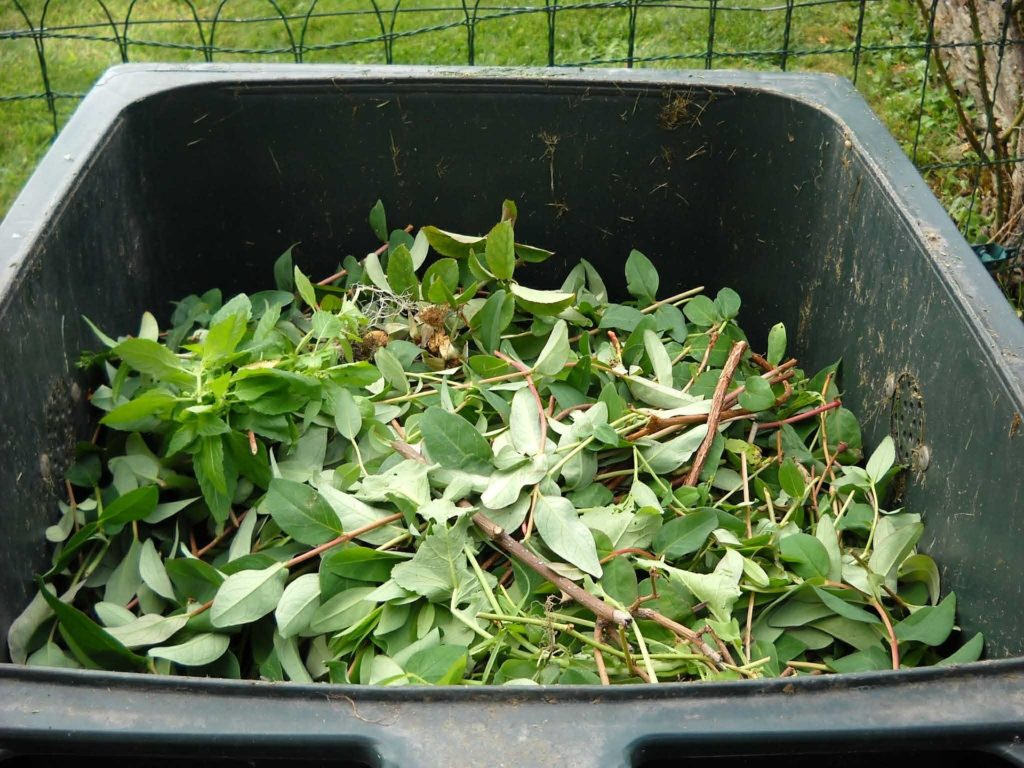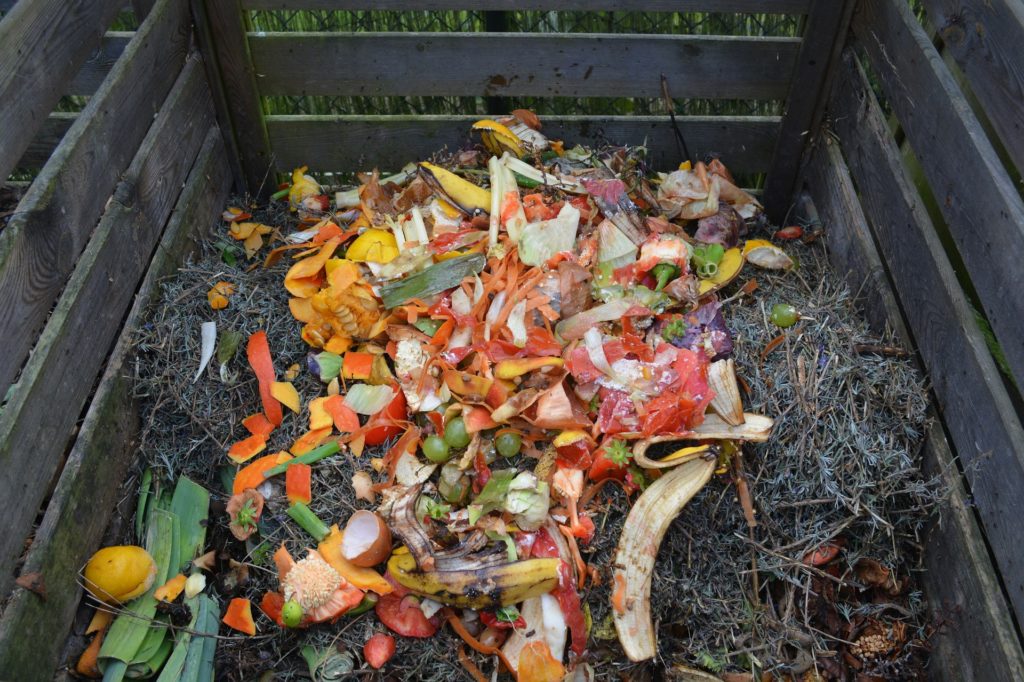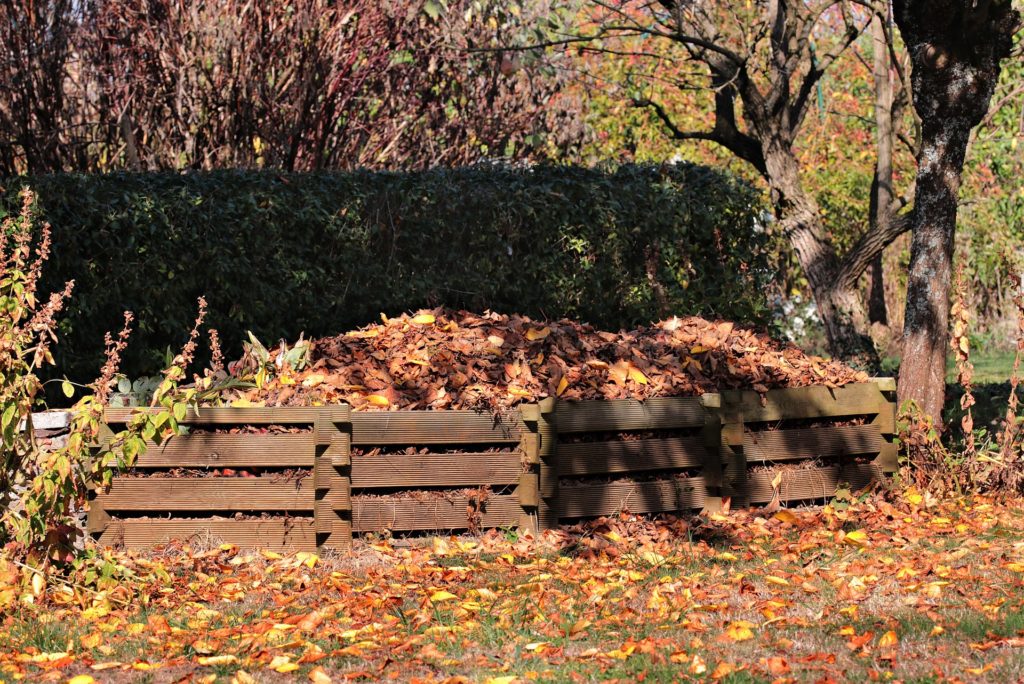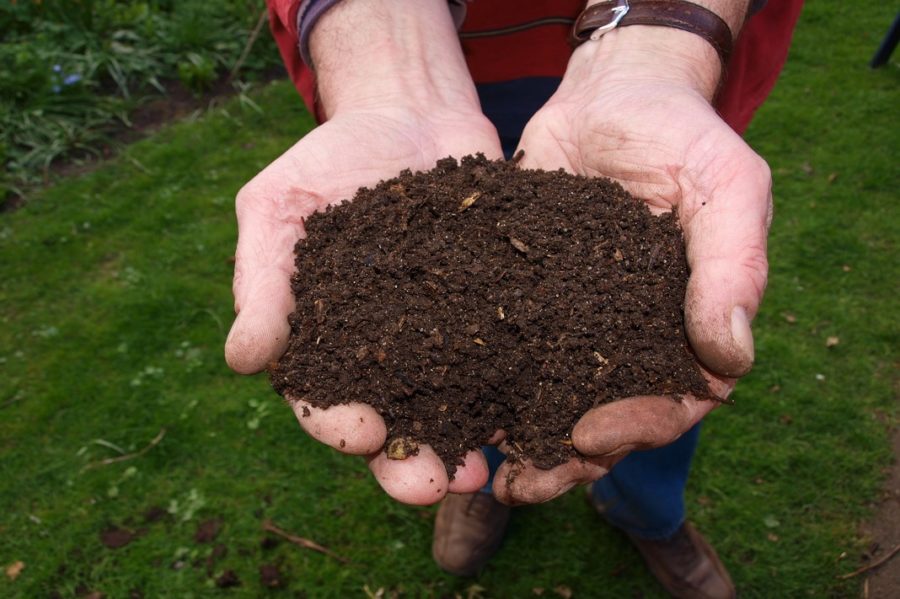The urban Indian citizen produces 600 g of waste a day and more than 200 kg a year in an alarmingly high average. Most of this waste ends in sites that present severe environmental and future threats to the earth. However, a significant percentage of our waste is an agricultural waste that can be converted into compost with little care and used for our plants as fertilizer. Keep scrolling down for the tips to teach child about composting.
What Is Composting?
Composting is a natural process, where organic matter, including leaf, vegetable scraps, and berries, decomposes. This cycle splits the organic matter up into compost, a nutrient-rich in soil.
Why Does Composting Matter?
About a third of our household waste comes from organic matter. As this industrial waste is deposited in fields, the lack of oxygen in these areas does not decompose properly. This, in effect, results in methane emissions, a greenhouse gas that makes a significant contributor to global warming. With the option of compost, this process of ecological destruction is broken and we play a small part in environmental support.
For your plants and gardens, compost is also a good fertilizer. It introduces nutrients and microorganisms to the soil, making it more fertile. It also allows the plants to become healthier and more disease and pest resistant.
It’s important to compost because it’s a small movement with a big impact. You will give your kids a way to protect the environment and have a positive influence on the world in which they live by implementing it.

What Is Child Going To Gain From Composting?
1. Learn about nature
Composing teaches your child how the environment works. By composting, he will observe how the waste is decomposed into nutrient-rich soil. This is a very useful example of the life cycle and the manner in which matter decomposes. Composting also helps kids understand the role of insects, worms, and microorganisms and how they are adding value to the environment.
2. Nurture environmental consciousness
Composting is an excellent method for helping children develop a sense of responsibility for the environment. If they understand where the garbage goes and how it decomposes, they would be motivated to be more mindful of how their trash is disposed of. It lets them learn more about the three environmental Rs – reducing, reusing, and recycling.
“Composting provides opportunities to know a lot about ecology. When a child begins composting, he learns indirectly about many other issues such as soil fertility, the role of earthworms, farmers’ problems, chemical farming, greenhouse gasses, carbon emissions and so on.

Tips To Teach Child About Composting
The best way to teach children how to compost at home is simply to integrate it into your family routine. Here are some tips to teach child about composting.
1. Identify Compostable Materials
The compost is just as good as its ingredients. And make sure that you and your kids know what can be composted, what can not. Household compostable materials include:
- fruit and vegetable scraps
- eggshells
- coffee grinds
- grass clippings
- leaves, twigs, and branches
- newspaper
- coffee filters
2. Identify What Not To Compost
When your kids know what can get composted, teach them what can’t get composted in the compost. You’ll end up with a slimy, smelly mess if you add these products. And you might end up attracting unwanted visitors such as rattans, neighborhood dogs, foxes, or even bears if you compost outdoors.
Materials that should NOT get composted include:
- meat
- fat
- bones
- cheese
- milk
- oils
- pet poop
- diseased plants or flowers
And kids as young as 3 or 4 will learn to distinguish what is and what is not compostable.
3. Take part in your daily routine
As with most life school opportunities for children, making composting from an early age a part of their everyday routine is crucial to success. You’ll be easily hanging up to the compost with an apple core, banana peels, vegetables, and eggshells.
Compostable scraps will go to the kitchen counter in our house. The children pour it into the indoor compost bin (in winter) or in our outdoor compost bin (in summer) when it is completed.
4. Schedule Weekly Composting Activity
You may have a contract with an outdoor composter, depending on where you stay.
Residents in some areas of Canada may take evidence of their residence and obtain a free or discounted outdoor composter in their local municipal office or waste disposal area. These easy-to-use wide bins for you to top up your garden and compost. When the compost cooks in it, it becomes a deep, soil-like substance that can be reached from the bottom by a small door.
If you teach your kids how to make compost, you can work together on weekly composting tasks as a daily family activity. It can transform hot compost in a shovel, add worms or scatter it around the garden, depending on the condition of your compost.
5. Countertop Composite Is Easy
Make the composting with a clearly marked compost container simple for your children. Buy or install an indoor compost bin or pail.
Some people prefer a garbage-can-kitchen-style foot pedal device. They can be found in your local hardware store, or even online. There are three models: one for waste, one for recycling, and another for compost.
These are the tips to teach child about composting.
How To Create Own Compost Bin
Once you test your child’s water and feel ready, it’s time to start a compost bin in your home. You can quickly mount this on your balcony or in your backyard. Contribute to each move of your kid. For the first few days, let them sit and observe you. They will be able to engage more once the compost bin is set up and they are comfortable with the process.
You will need
- Composite Bin: Drill holes around a terracotta or plastic bucket at various heights to create a compost tank. You may use old flowerpots, plastic buckets, or paint containers that have been discarded. You may also purchase a compost bin that is readily available online or from kindergartens.
- Brown Material: dry leaves, straw, old papers.
- Green Material: kitchen scrap, vegetable peels, eggshells.
- Water
- Soil
Steps To Create Own Compost Bin
- Composting is the first step in the separation of your domestic waste. Keep your wet, dry, and compostable waste separate containers.
- Collect your brown material with dry leaves, old newspapers, and uncolorful paper scraps.
- Start setting up your bin by laying the ground with the ground. Then add a brown material layer and then a green material layer. Continue to repeat this process of alternating the brown and green material layers when adding additional waste.
- Put a plastic sheet or wooden plank in the compost bin to help maintain moisture and heat.
- Use a rake or a stick to quickly turn the pile to supply ventilation every few days. Sprinkle some water when it looks too dry.
- In 2-3 months, your waste will become dry, dark brown, and crumbling, soil-like compost.

Don’t overload your kid with too much compost information and rules. Let him try it with his hand and learn how to go. Remind the big picture to him. Explain how composting contributes to reducing waste and helping the planet.
Also Read: Fun Gardening Activities For Kids













